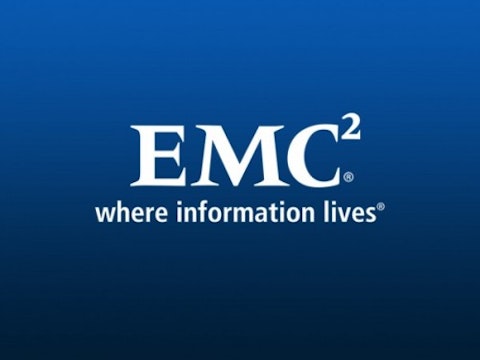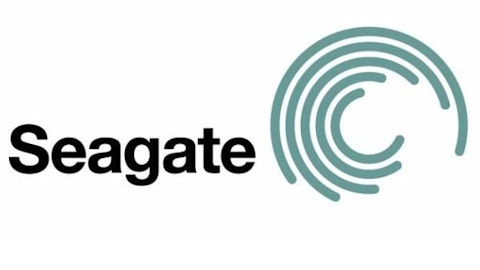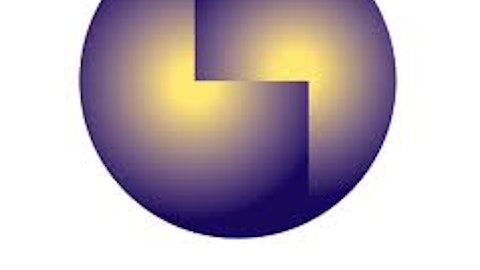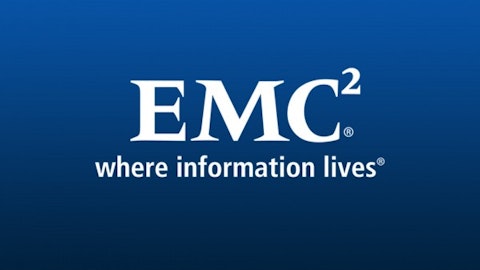In a world where more and more data is produced, storage needs will increase constantly, both in the personal and enterprise segments. As a result, those companies dealing with data storage and handling seem poised to deliver strong growth rates in the upcoming years. However, nowadays, several ways to stow information exist and some firms look more prepared for the future than others. EMC Corporation (NYSE:EMC), Seagate Technology PLC (NASDAQ:STX) and Teradata Corporation (NYSE:TDC) are three companies in the data storage industry that offer interesting business models and deserve a closer look in order to elucidate if they stand as worthy investments or not.
In the years to come, cloud computing and Big Data initiatives are expected to drive revenue growth (Zacks) as EMC Corporation (NYSE:EMC) stands in an advantaged position to benefit from the expansion in demand to occur over the next several quarters. Several strategic alliances have and will most likely continue to contribute to expansion. Trading at only 20 times its earnings, a 46% discount to the industry average valuation,while offering compelling growth prospects, a strong balance sheet, a bulky cash mattress andnow even paying out dividends, I’d recommend BUYING EMC Corporation (NYSE:EMC)’s stock.
Seagate: The primary hard-disk drive player
Seagate Technology PLC (NASDAQ:STX) is a leading manufacturer of Hard Disk Drives (HDDs), holding over 40% of the market share. However, although HDD sales remain dominant in the storage space, the firm’s long-term success seems to rely on its capability to transition into the production of newer technologies, like Solid State Drives (SSDs) and other Flash-based memory products. In the short-term, analysts expect revenues to be driven by a shift to higher-margin enterprise drives that offsets a slower PC and Laptop market demand (Deutsche Bank).
Nevertheless, Seagate Technology PLC (NASDAQ:STX)’s uncertain future andno EPS growth expected over the next years counterbalance its cheap valuation, at only 6.8 times its earnings, making it stand as a HOLD case, even despite the growth opportunities provided by developing countries with price sensitive consumers which will most likely continue to choose the much cheaper HDD technologies over newer, and about 10 times more expensive, SSDs. Meanwhile, declining HDD prices will continue to exert pressure over the firm’s margins, obliging it to maintain innovative and cut costs in order to keep earnings levels up. Consumer concentration is yet another concern for investors, as HP and Dell accounted for about 30% of last year’s total revenue; risks are high and so is the stock’s volatility, expressed by a 2.99 beta.





